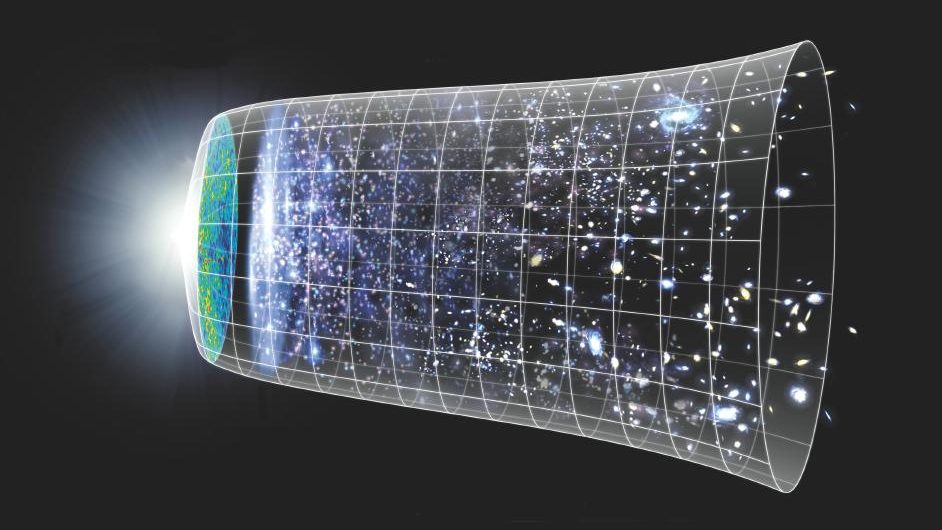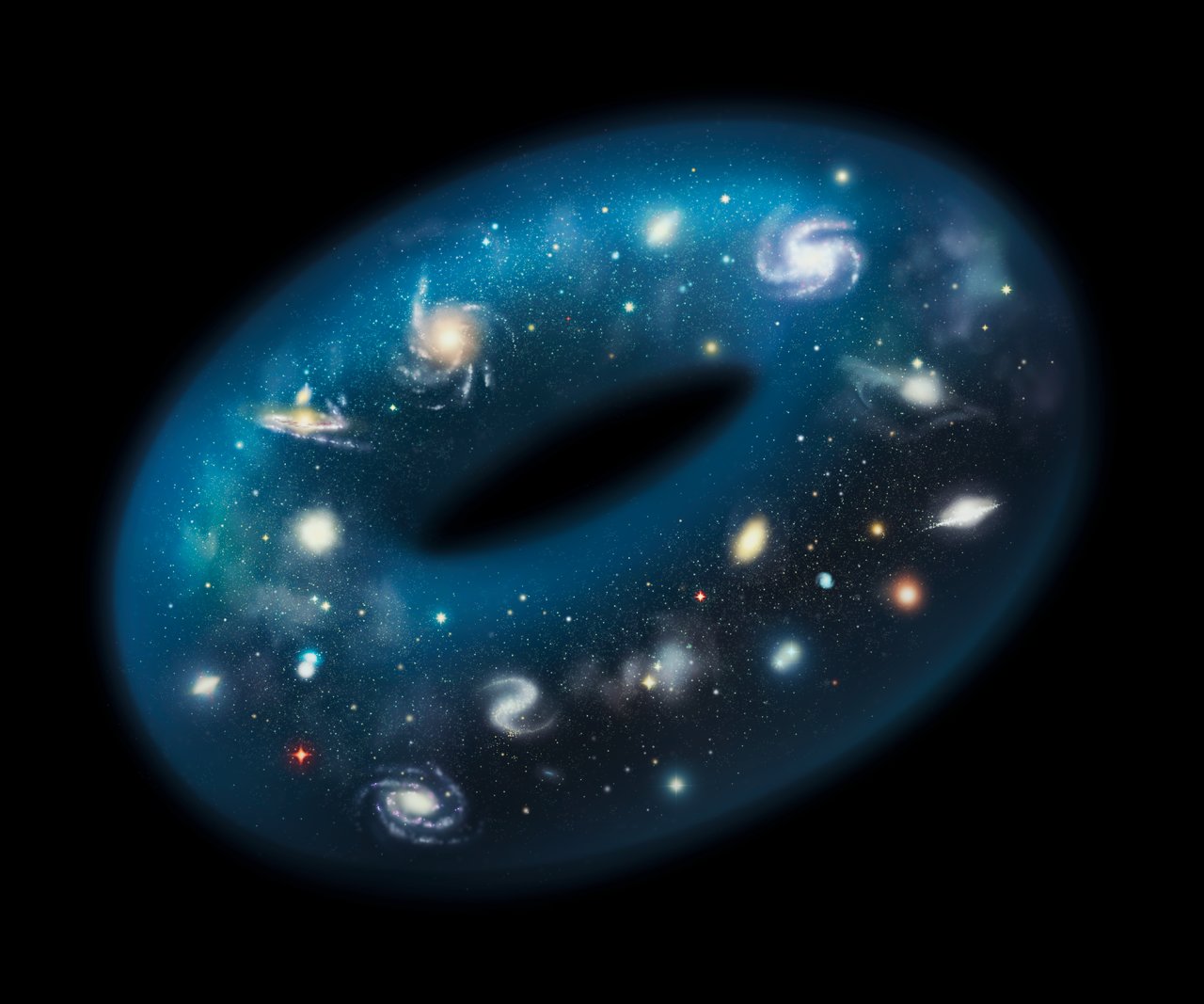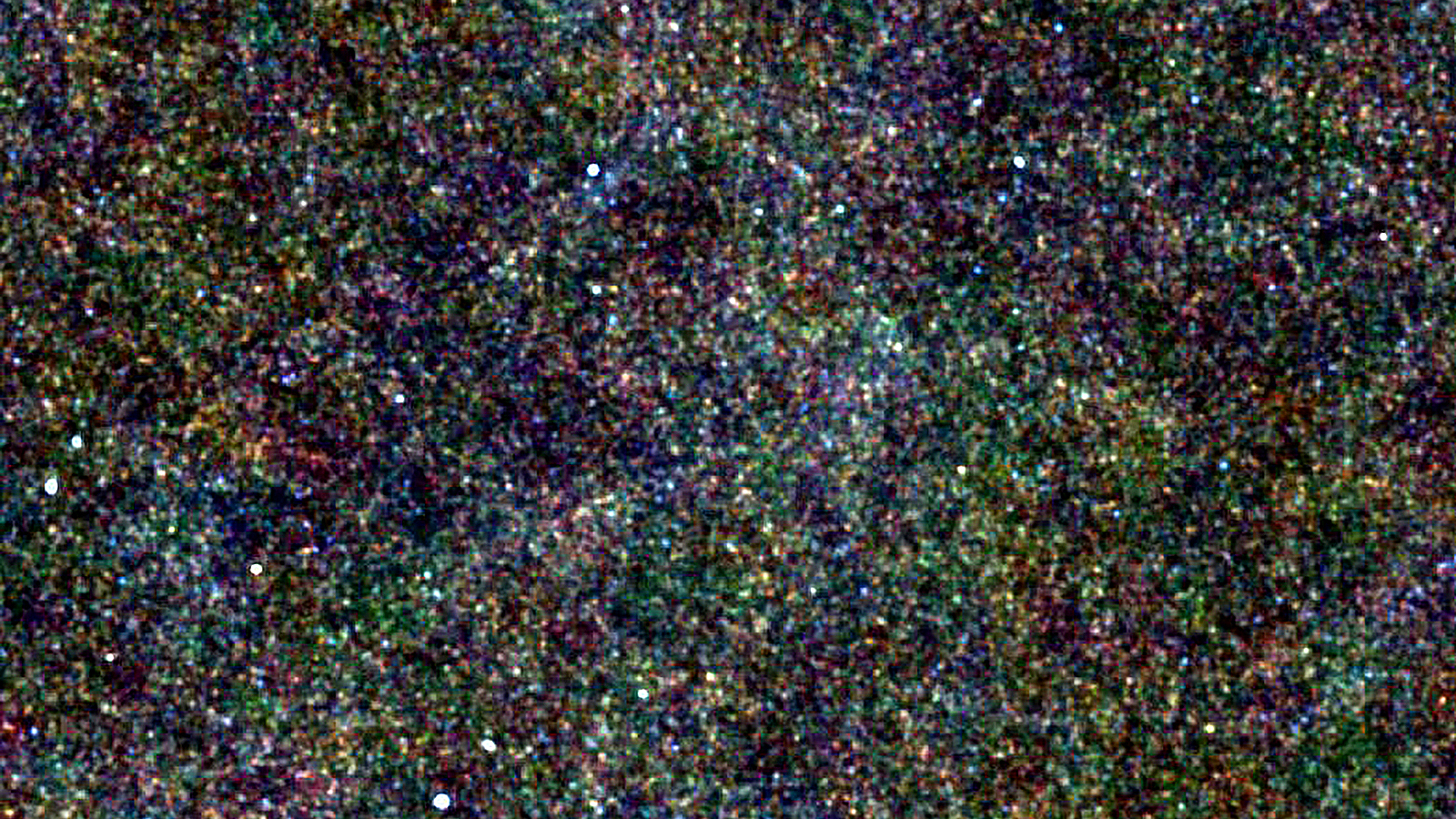
The Universe is out there, waiting for you to discover it.
Our mission: to answer, scientifically, the biggest questions of all.
- What is our Universe made of?
- How did it become the way it is today?
- Where did everything come from?
- What is the ultimate fate of the cosmos?
For countless generations, these were questions without resolutions. Now, for the first time in history, we have scientific answers. Starts With A Bang, written by Dr. Ethan Siegel, brings these stories — of what we know and how we know it — directly to you.
Get Starts With A Bang in your inbox
Featured
Why power generated through nuclear fusion will be the future, but not the present, solution to humanity’s energy needs.
It’s a strange idea to consider: that a tiny building block of matter, the atomic nucleus, holds the greatest potential for energy release.
And yet, it’s true; while electron transitions in atoms or molecules typically release energy on the order of ~1 electron-Volt, nuclear transitions between different configurations release energies a million times as great, on the order of ~1 Mega-electron-Volt.
Popular
From before the Big Bang to the present day, the Universe goes through many eras. Dark energy heralds the final one.
A wild, compelling idea without a direct, practical test, the Multiverse is highly controversial. But its supporting pillars sure are stable.
The surface and atmosphere is colored by ferric oxides. Beneath a very thin layer, mere millimeters deep in places, it’s not red anymore.
The first supernova ever discovered through its X-rays has an enormously powerful engine at its core. It’s unlike anything ever seen.
Just 13.8 billion years after the hot Big Bang, we can see 46.1 billion light-years away in all directions. Doesn’t that violate…something?
All Stories
Many people out there, including scientists, claim to have discovered a series of game-changing revolutions. Here’s why we don’t buy it.
The Universe certainly formed stars, at one point, for the very first time. But we haven’t found them yet. Here’s what everyone should know.
A history of injustice and the greatest natural location for ground-based telescopes have long been at odds. Here’s how the healing begins.
Along with gravitational lensing and ALMA’s incredible long-wavelength spectroscopy, JWST is reshaping our view of the early Universe.
When you bring two fingers together, you can feel them “touch” each other. But are your atoms really touching, and if so, how?
In Einstein’s relativity and the Standard Model, we only have three spatial dimensions. But there could be more, and many think there are.
Capacitors, acid batteries, and other methods of storing electric charges all lose energy over time. These gravity-fed batteries won’t.
Humanity’s newest, most powerful space telescope is performing even better than predicted. The reason why is unprecedented.
Individual space telescopes, like Hubble and JWST, revolutionized our knowledge of the Universe. What if we had an array of them, instead?
The information we have in the Universe is finite and limited, but our curiosity and wonder is forever insatiable. And always will be.
It isn’t just identical particles that can be entangled, but even those with fundamentally different properties interfere with each other.
Most globular clusters appear to form their stars all at once, but there are exceptions. JWST just observed how “second formations” happen.
Here on Earth, the Sun is our primary source of light, heat, and energy. But it also poses a grave threat to human civilization.
Human beings are tiny creatures compared to the 92 billion light-year wide observable Universe. How can we comprehend such large scales?
JWST just found its first transiting exoplanet, and it’s 99% the size of Earth. But with no atmosphere seen, perhaps air is truly rare.
Red dwarf stars were supposed to be inhospitable. But TOI-700, now with at least two potentially habitable worlds, is quite the exception.
JWST has seen more distant galaxies than any other observatory, ever. But many candidates for “most distant of all” are likely impostors.
Most of us have heard that the Sun is an ordinary, typical, unremarkable star. But science shows we’re actually anything but average.
Yes, dark energy is real. Yes, distant galaxies recede faster and faster as time goes on. But the expansion rate isn’t accelerating at all.
65 million years ago, a massive asteroid struck Earth. Not only did Jupiter not stop it, but it probably caused the impact itself.
In 1920, astronomers debated the nature of the Universe. The results were meaningless until years later, when the key evidence arrived.
As time goes on, dark energy makes distant galaxies recede from us ever faster in our expanding Universe. But nothing truly disappears.
In the grand scheme of the cosmic story, a single year isn’t all that significant. But over time, the annual changes really add up!
There could be variables beyond the ones we’ve identified and know how to measure. But they can’t get rid of quantum weirdness.
The very word “quantum” makes people’s imaginations run wild. But chances are you’ve fallen for at least one of these myths.
For nearly a century, physicists have argued over how to interpret quantum physics. But reality exists independent of any interpretation.
Ever since the Big Bang, cataclysmic events have released enormous amounts of energy. Here’s the greatest one ever witnessed.
All the things that surround and compose us didn’t always exist. But describing their origin depends on what ‘nothing’ means.
For years and over three separate experiments, “lepton universality” appeared to violate the Standard Model. LHCb at last proved otherwise.
You can lead an overconfident chatbot to expert knowledge, but can it actually learn and assimilate new information?






































